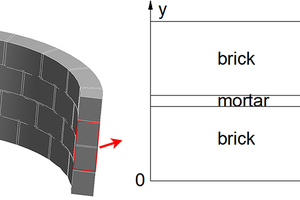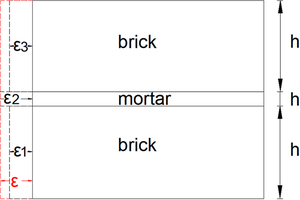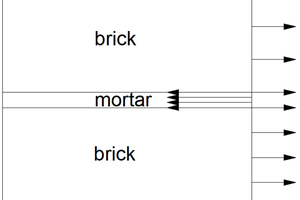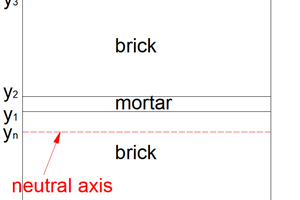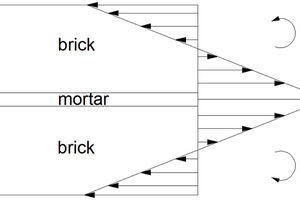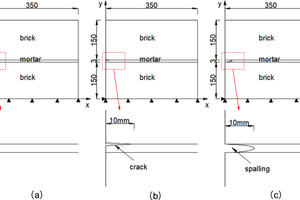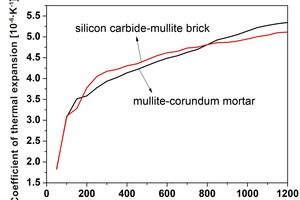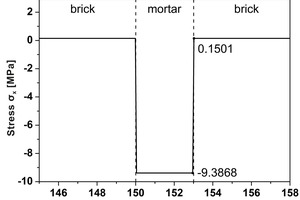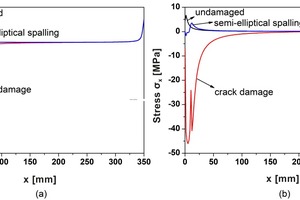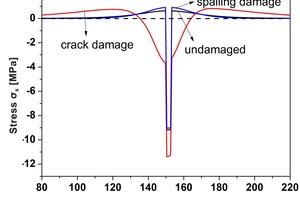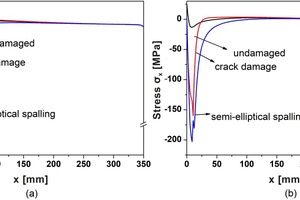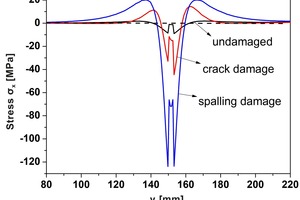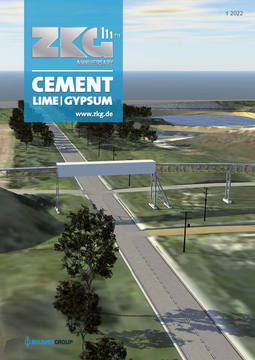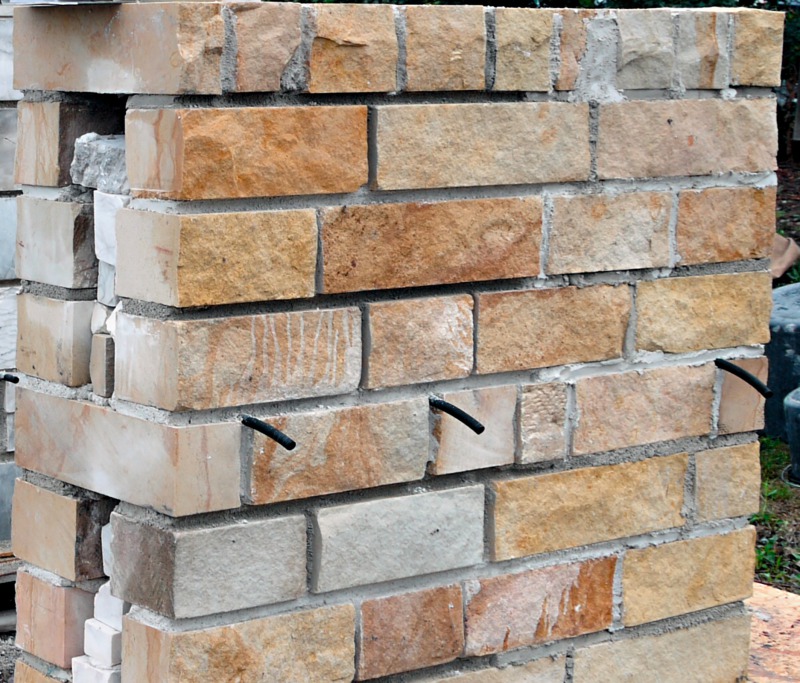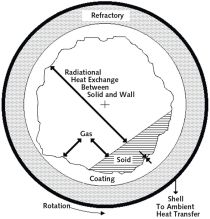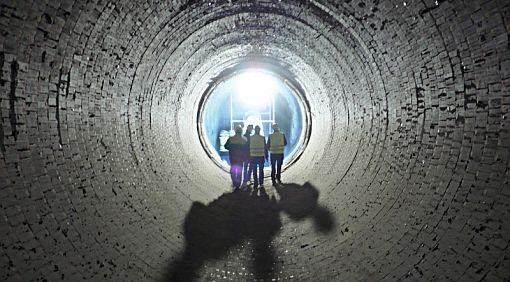Numerical investigation on thermomechanical behaviour of refractory masonry with mortar
Refractory masonry is widely used in various industrial furnaces, and its service life determines downtime and production efficiency of the furnaces. To improve the service life of refractory mortar masonry, understanding its thermomechanical behaviour is of first priority. For this reason, 2-D micro models of refractory mortar masonry elements were established for three conditions: undamaged, crack damage, and spalling damage. The influence of different thermal loads on the thermomechanical behaviour of the structures is investigated. The results show that under the condition of constant temperature and no external force, the radial stress on the brick of the undamaged structure is close to zero, and that on the mortar is approximately equal to the product of the difference in thermal expansion coefficient between the refractory brick and mortar, the elastic modulus of the refractory mortar, and the temperature. Under isothermal conditions, only when the damage destroys the symmetry of the masonry, stress concentration occurs near the damage, which is caused by bending stress. However, under thermal shock conditions, as long as there is damage, there will be large stress fluctuations caused by bending stress and axial stress, and the more severe the structural damage, the greater the thermal stress near the damage. More accurate macro model analysis of refractory masonry requires consideration of the interaction between bricks and mortar under thermal conditions.
1 Introduction
Refractory masonry structures with or without mortar are widely used in various industrial furnaces [1-2]. Different from traditional building masonry, refractory masonry needs to work in a harsh high temperature environment for a long time. Cracking and erosion on the surface of the masonry can be easily caused by thermal shock and high-temperature air scouring [3-5]. The structure will fail with the expansion of cracking and erosion. Therefore, the service life of the lining is often shorter than that of other components, so more downtime is required for maintenance. It can be...

